How to Choose Solar Pathway Lights
 Solar pathway lights can be decorative or functional. They make driveways and walkways safe in the dark and add color and style to your yard or patio.
Solar pathway lights can be decorative or functional. They make driveways and walkways safe in the dark and add color and style to your yard or patio.
The most important thing to remember about solar yard lights is that inexpensive isn’t always a bargain.
Reasons for Adding Solar Pathway Lights to Your Landscaping
When comparing styles of solar lights for your yard, choose the type that’s best for you by identifying your primary need for lighting.
- You want lighting for safety purposes
- You love the look of garden lights
- You need outside lighting and want to keep it green
There’s a style of solar yard lighting to meet everyone’s needs. Now, let’s consider pricing.
How Much Does Solar Pathway Lighting Cost?
Professional installation varies depending on the type and amount of lighting and the terrain of your property.
We recommend consulting your landscaper regarding installing sunken lights and any other permanent lighting, including lights on steps.
You can find novelty lighting in most chain stores. They’re not made to last more than a season and often don’t make it to the end of summer.
They are popular because they are easy to install and kitschy. More than a couple of novelty lights tend to drag down your landscaping.
Novelty solar lights can turn out to be an annoyance because they function one night and won’t light up the next.
Some yard lighting available in stores are tasteful and mimic the look of professional lighting, but can have the same drawbacks as novelty lighting.
Most solar lights contain rechargeable batteries that may be dead out of the box.
It’s frustrating to line your pathway and discover you have one or two dim lights.
It’s not worth your time to pry open cheap battery compartments and find defective components.
Going with higher-end lighting will let you enjoy your yard instead of replacing batteries or returning defective lights.
Maintaining Solar Pathway Lights
Your landscaper will inspect professionally installed lighting and make any necessary repairs.
Seasonal stake-in-the-ground lighting should be stored at the end of summer. If not, they can be damaged by winter storms and ocean winds.
Painted lights may be so faded at the end of summer that they aren’t worth keeping.
When storing solar yard lights, remove the rechargeable batteries. They can leak over the winter.
Permanent lights installed for safety will require cleaning during the fall and winter so that the solar panel and battery can charge and again at the beginning of the season.
Landscaping with Solar Pathway Lights
Decorative lighting shows off your landscaping for after-dark entertaining.
From hanging lanterns to colorful globes, solar lights are the finishing touch for your landscaping.
Standard lights illuminate your colorful flowerbeds. Dual color solar lights cast rotating colored designs on your lawn. You can even choose solar bamboo-style lights.
Things to Remember:
- Cheap lights are more of a hassle than a bargain
- Safety lights should be professionally installed
- Solar lights require maintenance
For solar pathway lighting selection, installation and maintenance, contact us by phone or email today.

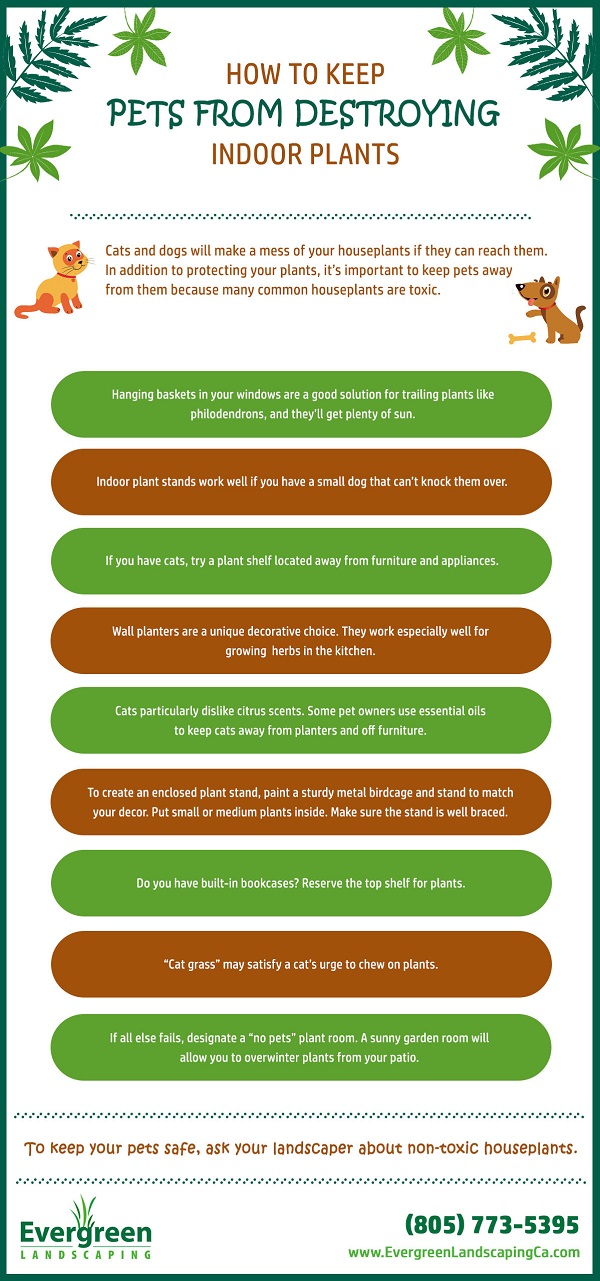
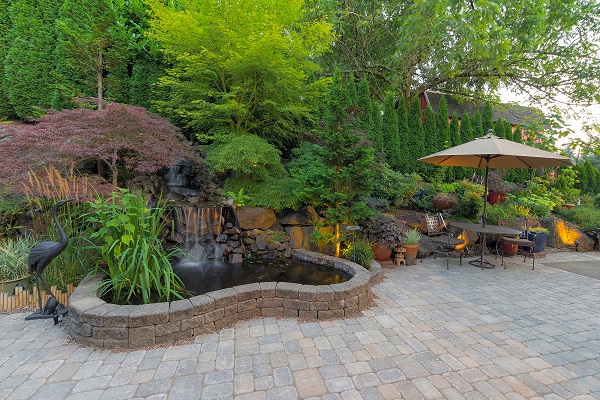 Like all landscaping and landscaping elements,
Like all landscaping and landscaping elements, 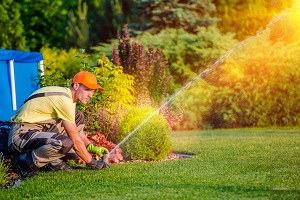 Installing and Repairing Sprinkler Systems
Installing and Repairing Sprinkler Systems
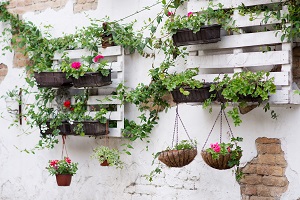 Pallet Gardening
Pallet Gardening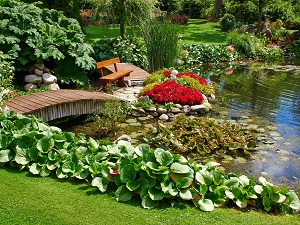
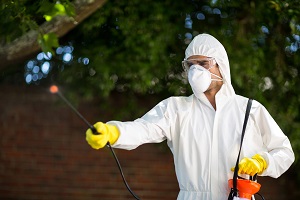 Lawn Chemicals
Lawn Chemicals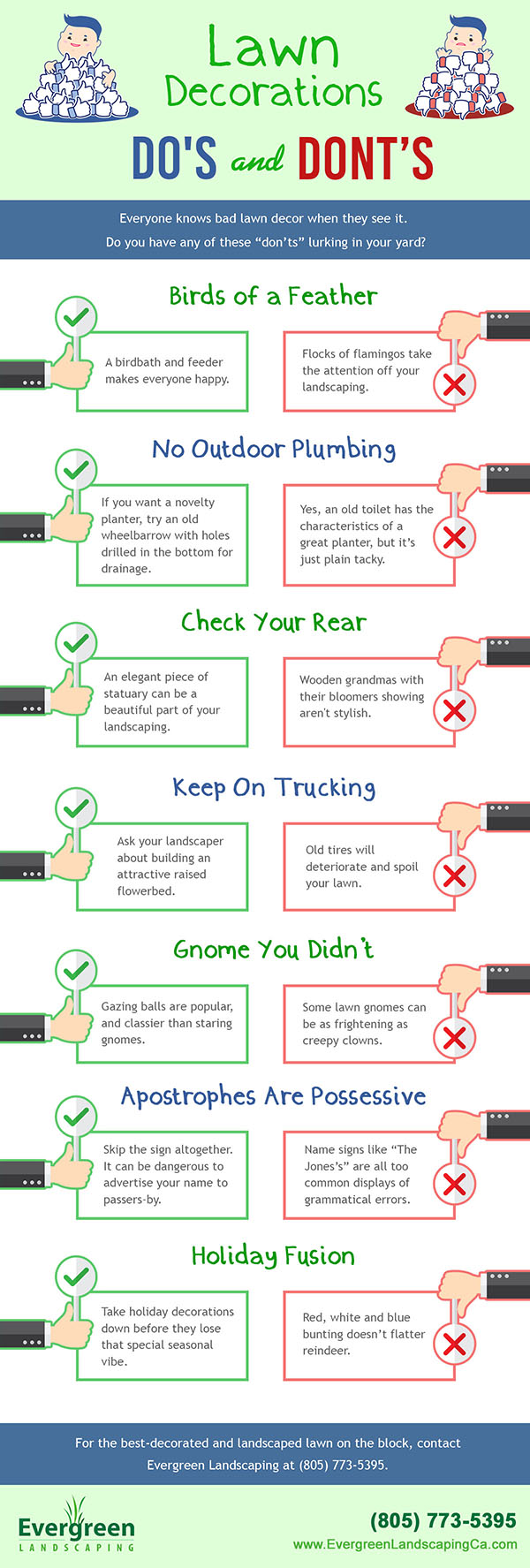
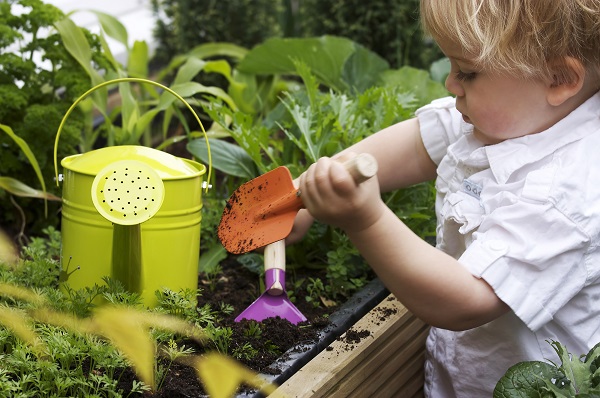 Do you want to pass your love of gardening on to your children or grandchildren? Gardening with kids is a great way to get them offline, outside and give them a lifelong, productive hobby.
Do you want to pass your love of gardening on to your children or grandchildren? Gardening with kids is a great way to get them offline, outside and give them a lifelong, productive hobby. You’ve just bought a house with zero curb appeal. Maybe you loved the house so much you overlooked the lawn. Maybe you got a good price because the property is a disaster. Now you have a great house with an awful lawn. Under the overgrown hedges, dying grass and out of control wild plants, there’s a good lawn that you can restore.
You’ve just bought a house with zero curb appeal. Maybe you loved the house so much you overlooked the lawn. Maybe you got a good price because the property is a disaster. Now you have a great house with an awful lawn. Under the overgrown hedges, dying grass and out of control wild plants, there’s a good lawn that you can restore.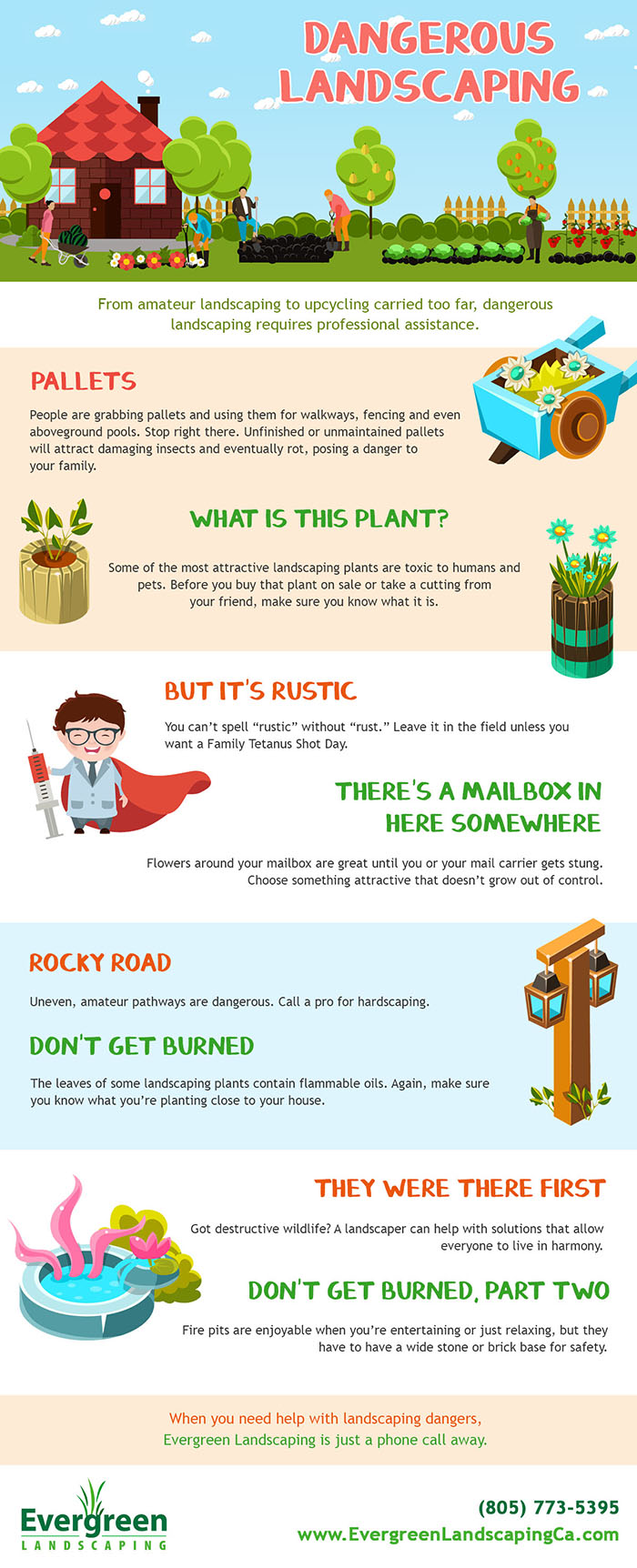
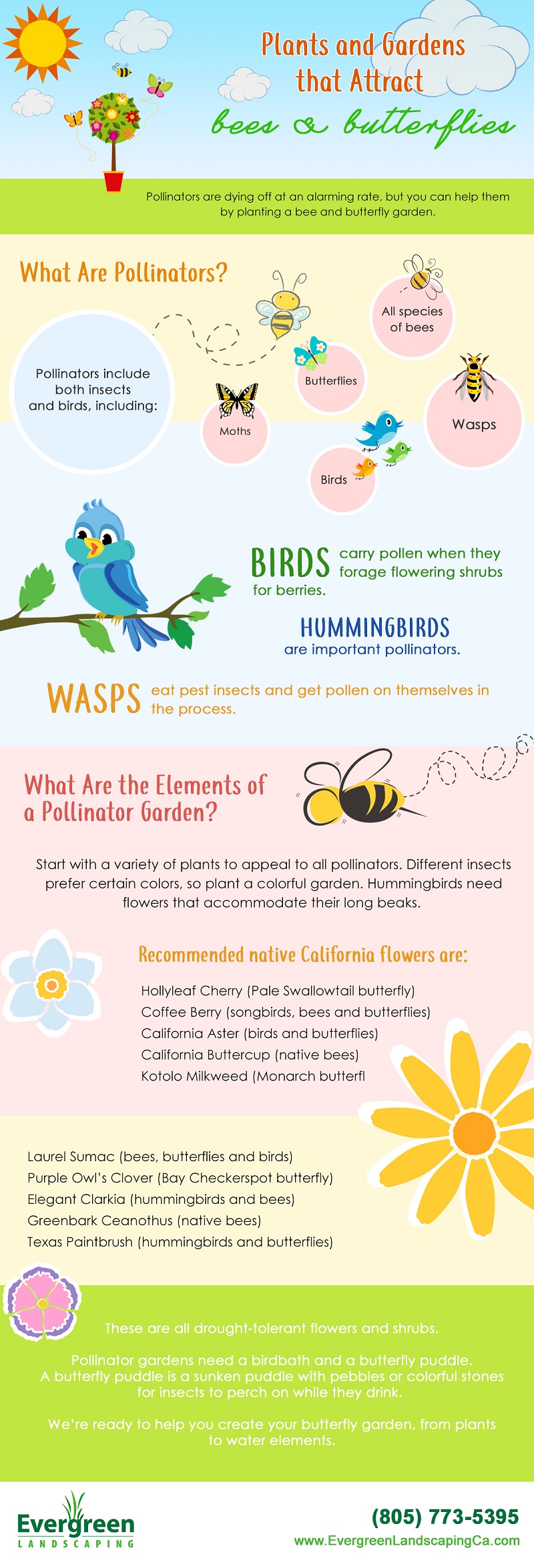
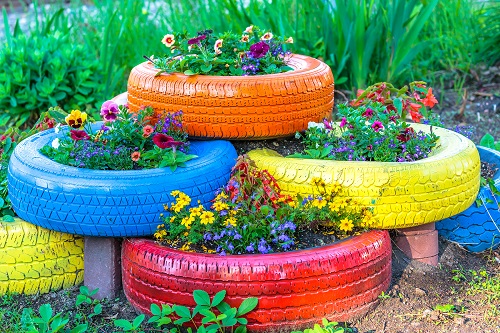 Planters can keep your lawn colorful and your garden going during the worst droughts. Even if you’re under severe water restrictions, you can still water them. Planters of differing sizes give your garden extra visual appeal. You can also bring your garden onto your patio or to your poolside with containers.
Planters can keep your lawn colorful and your garden going during the worst droughts. Even if you’re under severe water restrictions, you can still water them. Planters of differing sizes give your garden extra visual appeal. You can also bring your garden onto your patio or to your poolside with containers.